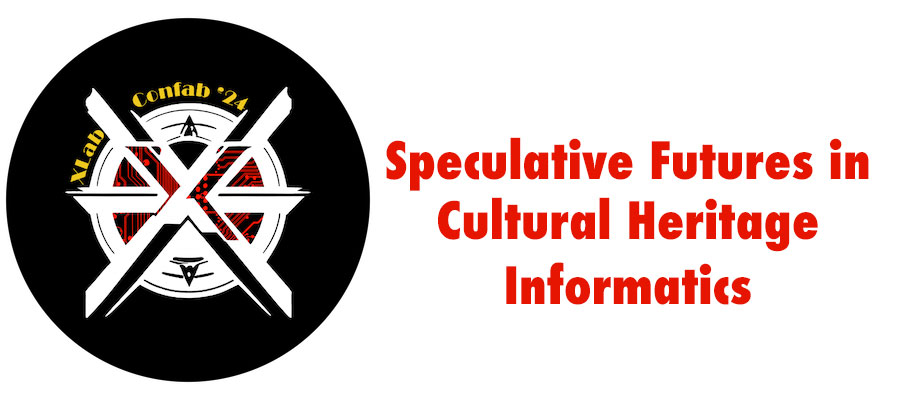Speculative Futures in Cultural Heritage Informatics, an open-access volume edited by Katherine Davidson, Kavita Mistry, and Scott Coleman, to be published by The Digital Press at the University of North Dakota, with a foreword by Shawn Graham and an Afterword by Ethan Watrall.
You are a graduate student or early career researcher working at the intersection of cultural heritage informatics (CHI) and your discipline. You are at the forefront of a rapidly developing field. What does the future of CHI look like from your vantage point?
This volume emerges from Carleton University’s Cultural Heritage Informatics Collaboratory. In our view, the digital era is, in some ways, an era that has a renewed focus on orality, on the transmission of knowledge through personal relationships, and on unsettling the paradigms that control or preclude that transmission. When we think of the ‘field’ for cultural heritage informatics, we acknowledge that we are dealing with ‘belongings’, not objects; that cultural heritage is imbued with evolving meanings, and that knowledge holders are everyone from children to Elders, academics to artists, and that knowledge and knowledge holders are found everywhere: there are no simple binaries. Thus, we see cultural heritage informatics embedded in networks of relationships, inflows of knowledge and ideas, continuously expanding and ever malleable. The fieldwork of cultural heritage informatics can be situated in understanding the metadata of these flows. The idea of ‘cultural heritage informatics’ can be understood as actions in the context of relationships. Such relationships have to be fostered and built on mutual trust. These actions involve thinking through new protocols for how we work with differing communities, respecting the knowledge and sovereignty of the communities, with authentic reciprocal community engagement. It will require the creation of differentiated pathways of access that respect that not all cultural heritage knowledge is meant for everyone.
The actions of cultural heritage informatics might run the gamut from digitization and ontologies and description, to the devising of protocols and platforms for the sharing of cultural materials, to performance and storytelling of cultural heritage through immersive technologies. The actions of cultural heritage informatics might be in creating the necessary metadata to link repositories of knowledge together to build upon or generate new knowledge and new relationships. It might mean the hard work of curation and restoration to decolonize collections of cultural heritage dispersed across Western museums. The actions of cultural heritage informatics, whatever they may be, are grounded in our relationships with the cultures and communities with whom we work.
But we are not the only ones working in this broad field. We invite you to speculate on your own understanding of CHI and where it might go in the future, especially in the context of rapidly developing technology. Large multimodal models (including generative AI) are models of culture, of history, drawing as they do on a lossy compressed version of the web. What is the role of Large Language Models (LLM) in our field? Smartphones are powerful enough that high-quality 3D models can be created from photographs; where does personal photogrammetry fit in for heritage questions that bridge the digital and physical worlds? What tools do we have at our disposal – or might we create – to empower descendant communities to access information held at heritage institutions? How can open-access and open-source platforms facilitate collaboration in the production of cultural heritage knowledge between communities and disrupt traditional models of heritage informatics? Where do we go from here? That is the question of this volume. There is no one better suited to answer it than you.
The contribution process is in three steps: send a proposal by February 15th, 2024; draft a chapter by March 28th, 2024; and attend the XLab Confab's April 4th Book Sprint at Carleton University.
